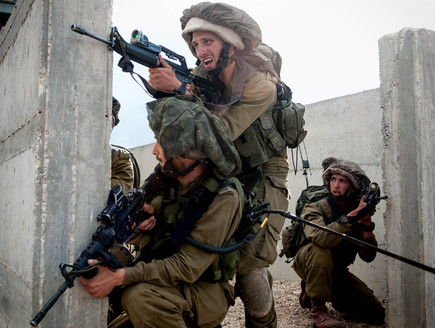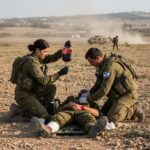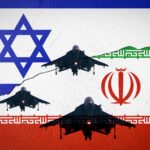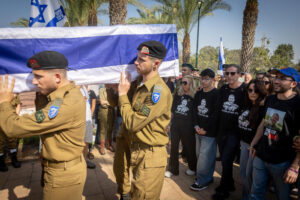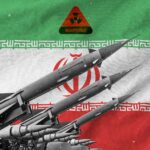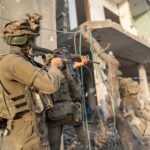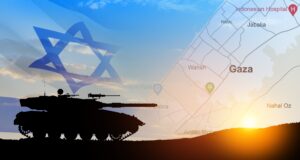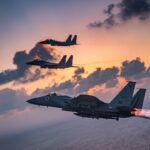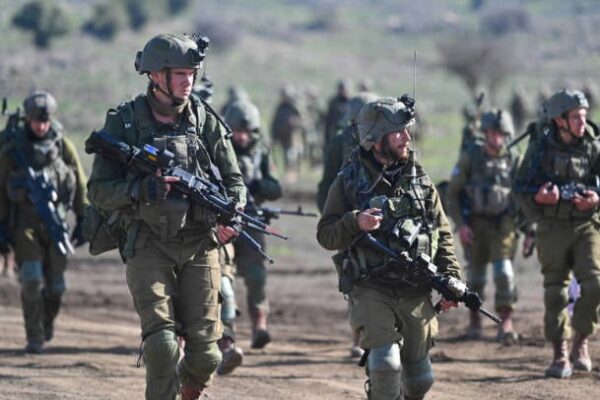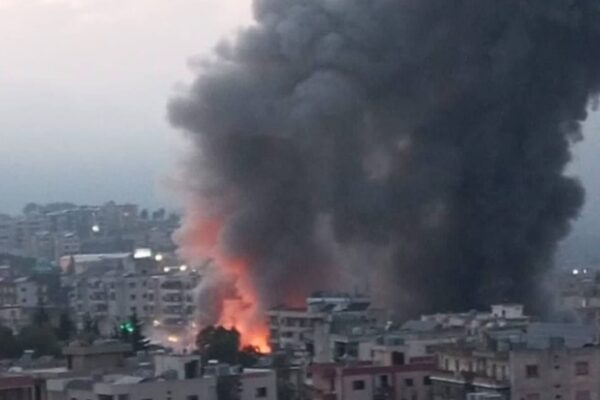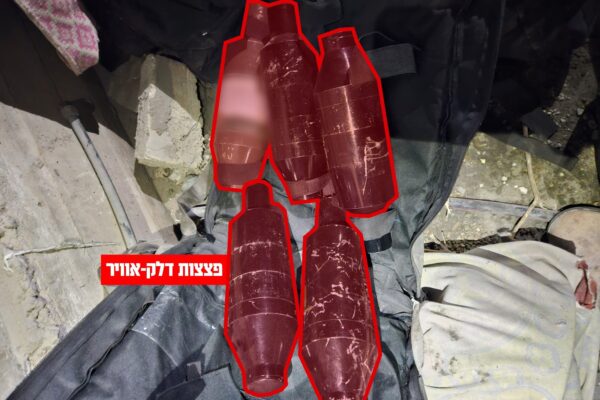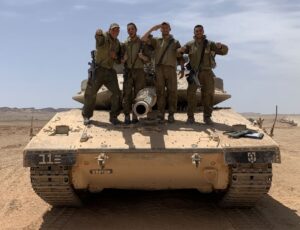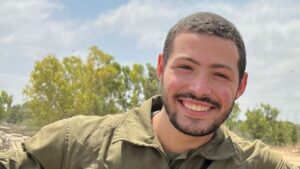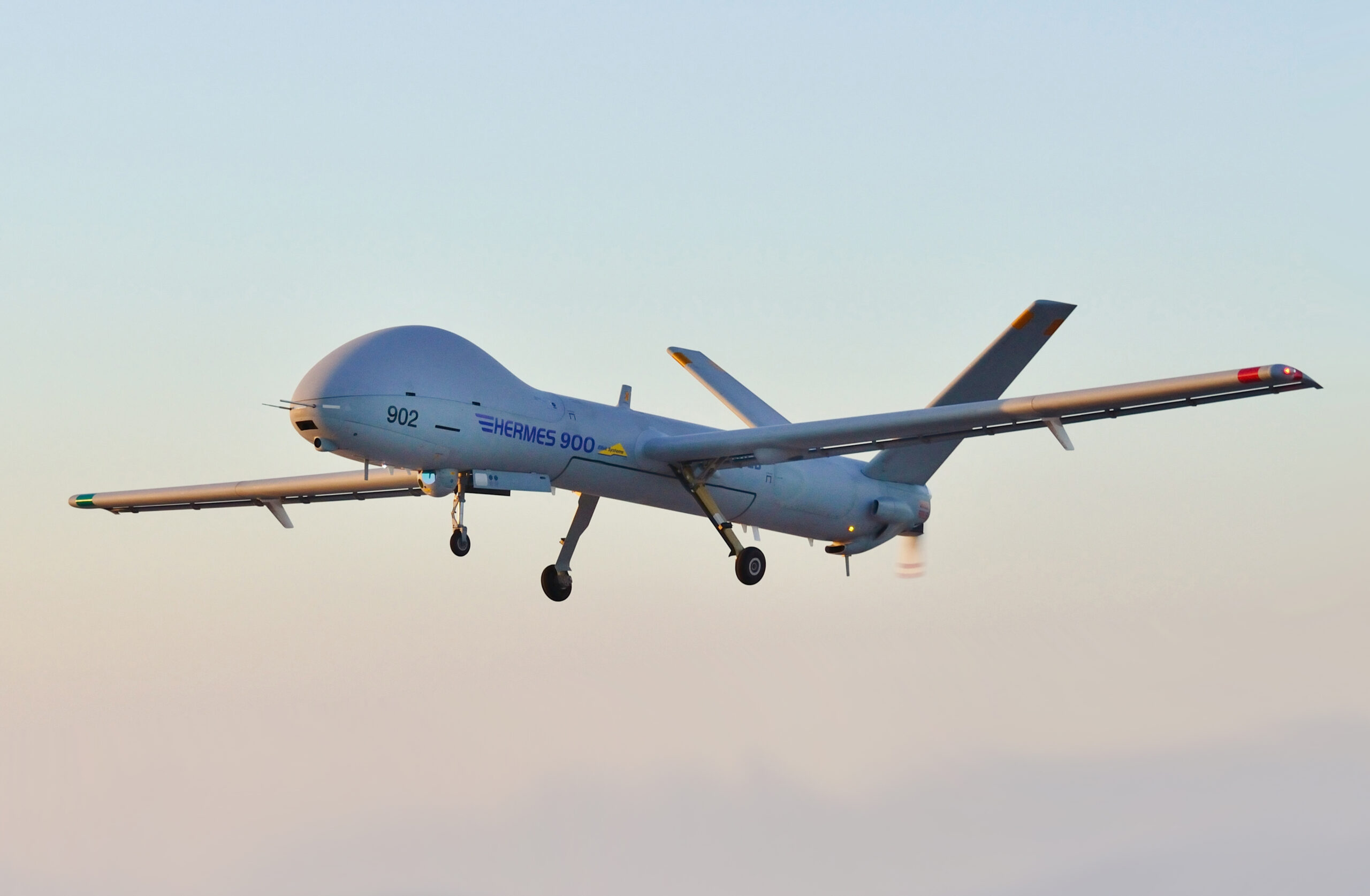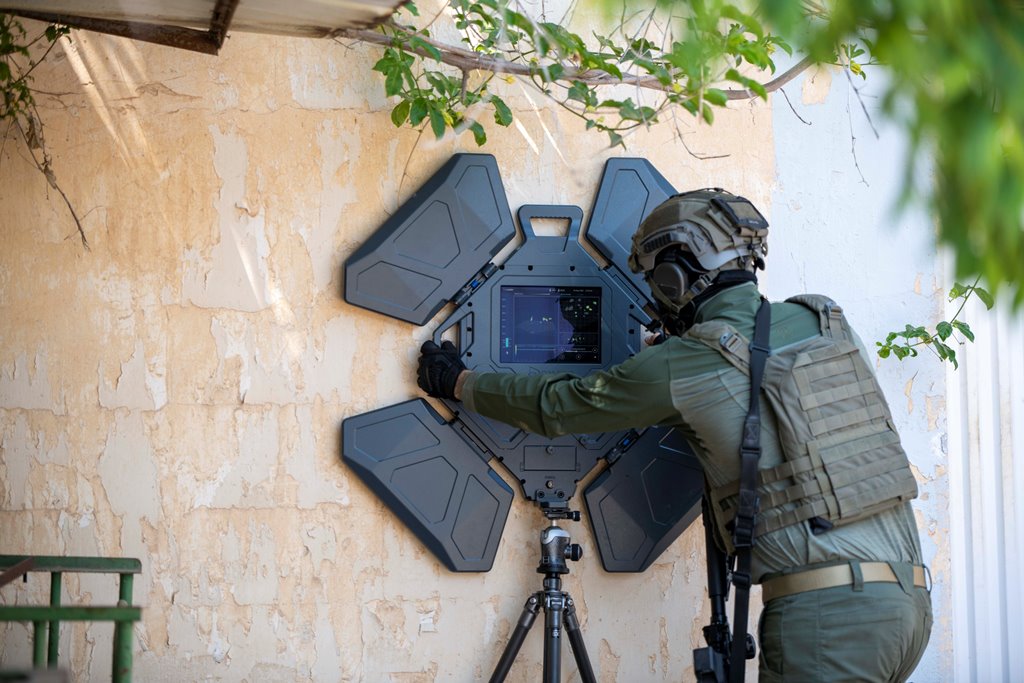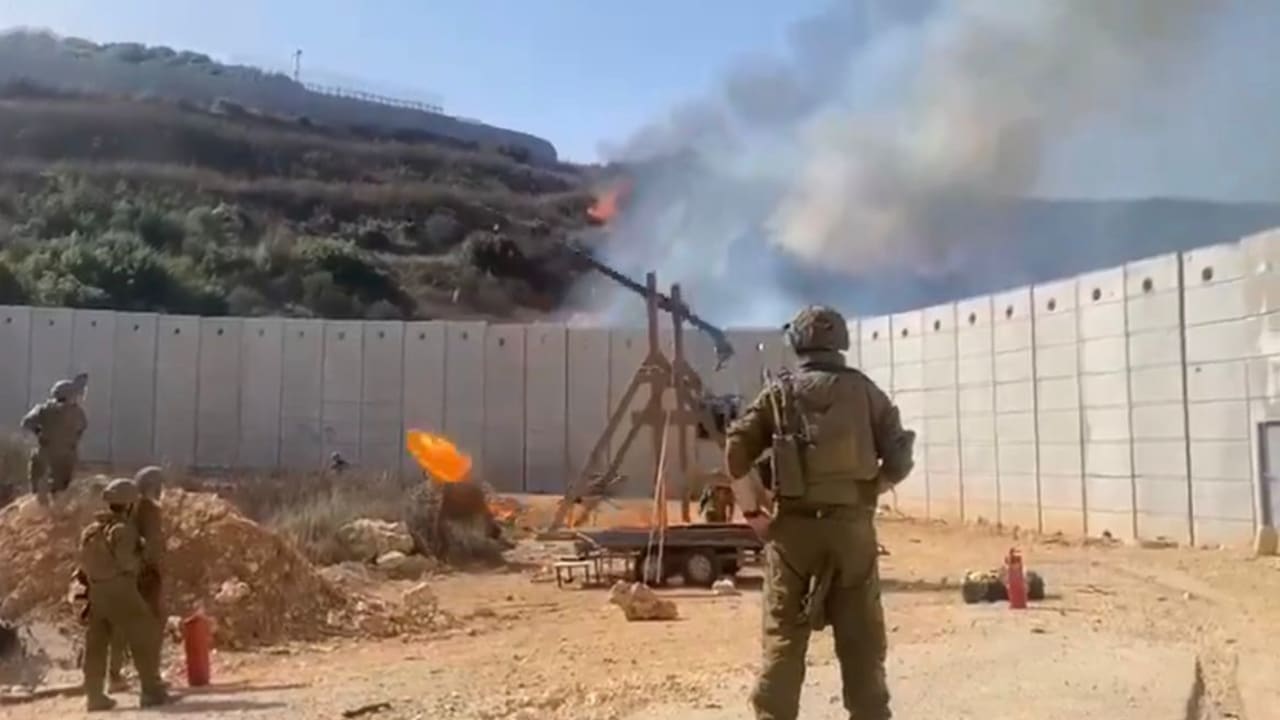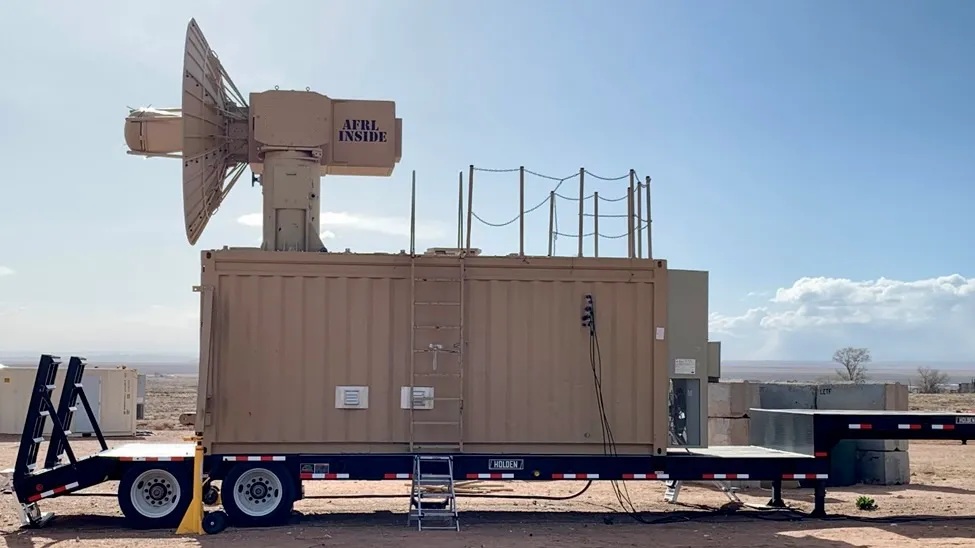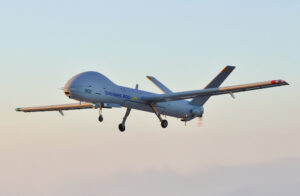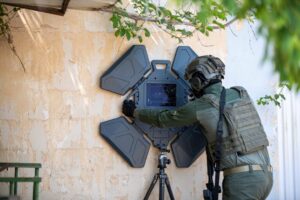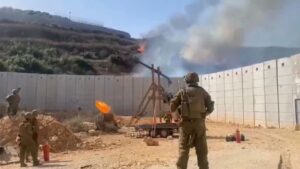Over the past 50 years urban warfare has grown dramatically from less than 10% of global combat in the 1970s to over 60% today.
By Hezy Laing
Over the past 50 years urban warfare has grown dramatically —from less than 10% of global combat in the 1970s to over 60% today.
So knowing how to do it right is critical and no is better at it than Israel.
Israel is considered a world leader in urban combat due to its extensive operational experience, advanced training infrastructure, and integration of cutting-edge technologies.
The IDF has conducted more urban warfare missions than nearly any other Western military over the past two decades.
Israel’s prominence in urban warfare stems from its repeated engagements in densely populated areas like Gaza, Jenin, and southern Lebanon.
According to John Spencer, Chair of Urban Warfare Studies at West Point’s Modern War Institute, the IDF has “implemented more measures to prevent civilian casualties than any other military in history”.
During the 2023–2024 Swords of Iron campaign, over 70% of IDF ground operations occurred in urban zones, including battles in Khan Younis and Gaza City.
The IDF’s Urban Warfare Training Center (UWTC) in Tze’elim, nicknamed Baladia City, is one of the most advanced in the world.
It simulates a full-scale Middle Eastern city with mosques, hospitals, tunnels, and multi-story buildings.
Israeli forces have trained there for over 20 years, refining tactics for house-to-house combat, tunnel navigation, and civilian interaction.
Israel’s doctrine emphasizes three-dimensional warfare, integrating aerial surveillance, ground robotics, and real-time battlefield mapping.
This allows commanders to visualize enemy positions and friendly units simultaneously, enhancing precision and minimizing collateral damage.
Statistically, the IDF has conducted more than 15 major urban operations since 2000, including Operation Defensive Shield (2002),
Operation Cast Lead (2008–2009), and Operation Protective Edge (2014). These missions involved thousands of troops and complex urban engagements.
Israel’s experience has made it a key partner for allied militaries.
The U.S. Army and NATO regularly consult IDF experts and send personnel to train in Israeli facilities.
As urbanization increases globally, Israel’s expertise in urban combat continues to shape modern military doctrine.


